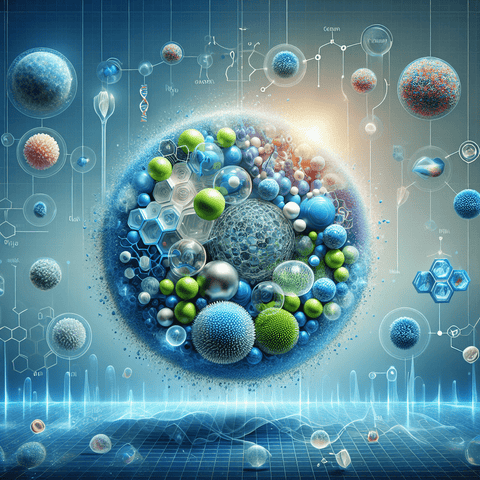Explore lipid nanoparticle delivery as a versatile platform for transporting therapeutic cargo within the body. Lipid nanoparticle delivery uses lipid-based vesicles that encapsulate vulnerable molecules, protecting them from degradation and enabling passage through cell membranes. Typical formulations include ionizable or zwitterionic lipids, cholesterol, helper lipids, and PEGylated lipids; by adjusting composition, size, and surface characteristics, researchers tailor biodistribution and stability. The term lipid nanoparticle delivery covers a range of cargo types—from nucleic acids to small molecules—allowing flexible exploration of treatment modalities with a modular design. In designing lipid nanoparticle delivery systems, the surface can be engineered with ligands or antibodies to bias uptake by specific cell types. pH-responsive lipids promote escape from endosomes, improving cargo release in the cytosol. Administration route choices—intravenous, intramuscular, or inhalation—shape distribution, with imaging and pharmacokinetic studies guiding optimization. Challenges include ensuring batch-to-batch reproducibility, refining manufacturing at scale, and maintaining stability during storage and transport, all within a framework of quality control and regulatory expectations. The lipid nanoparticle delivery platform enables rapid iteration in formulation design, supporting combinatorial screening of lipid components and cargo. It fosters collaboration across chemistry, biology, and engineering, and pairs with computational methods to predict performance and guide experimental priorities. Through this integration, lipid nanoparticle delivery serves as a versatile tool for exploring new therapeutic modalities and enabling precise study of delivery dynamics in complex biological systems. As the field of lipid nanoparticle delivery evolves, advances in material science, process engineering, and data-driven optimization are expanding the toolbox of compatible cargos, targeting strategies, and administration routes. Researchers navigating translational challenges and regulatory pathways can rely on the continued evolution of lipid nanoparticle delivery to open new possibilities for targeted, efficient delivery of therapeutics and to power next-generation breakthroughs in medicine.

